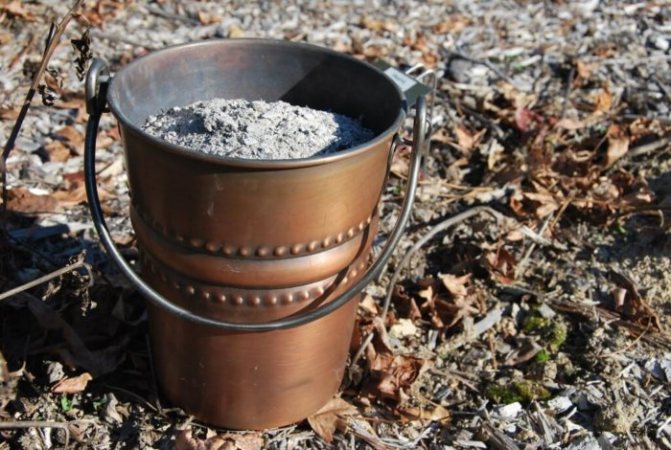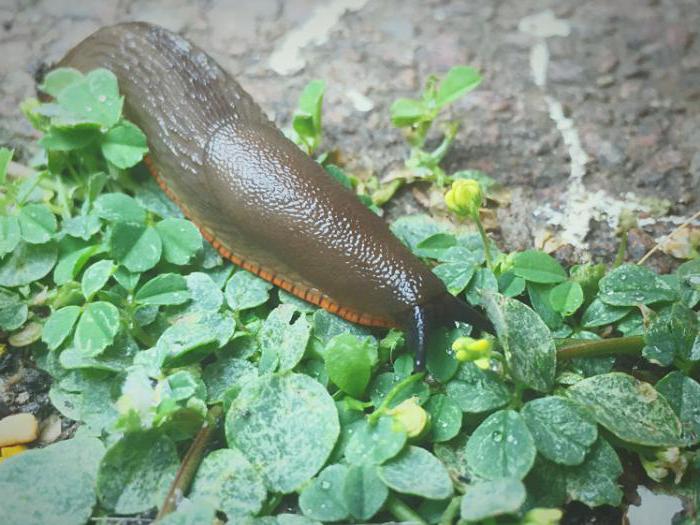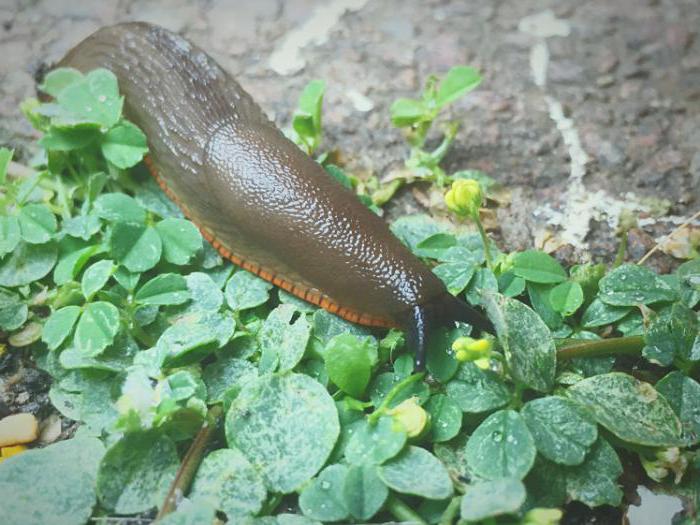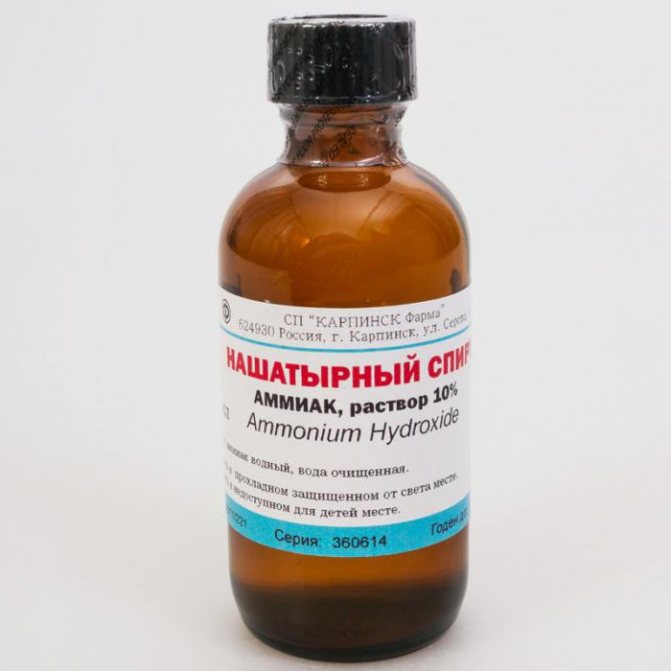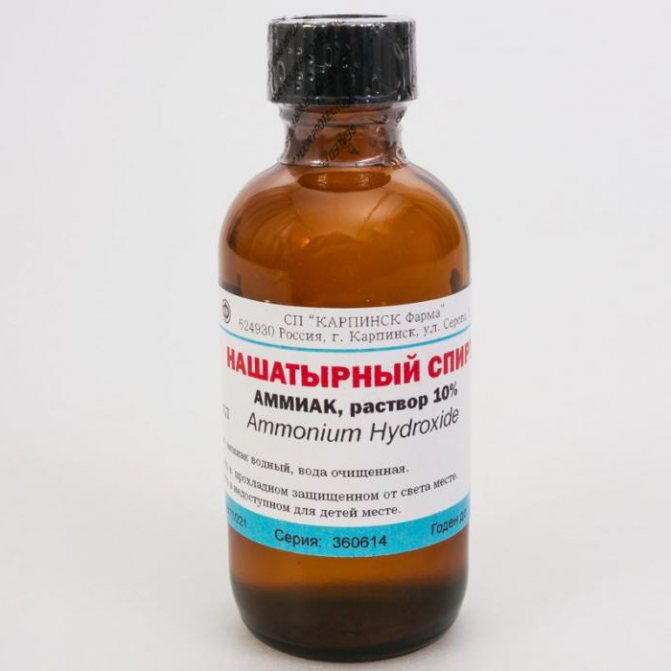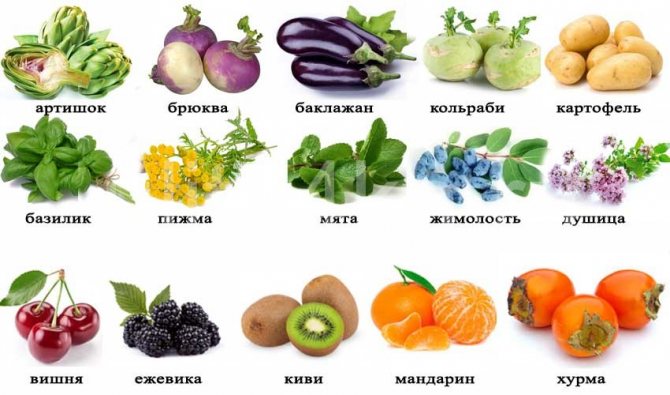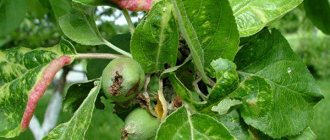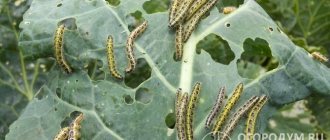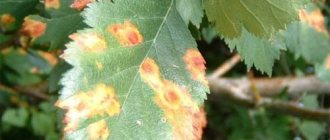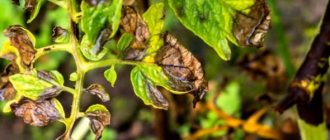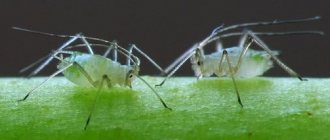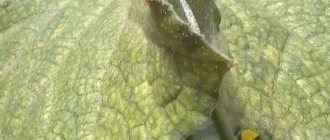Description of the pest
From a purely biological point of view, slugs are gastropods, devoid of a shell that would protect them from external influences. The slug has a soft elongated body, which is constantly under a layer of mucus. It is produced by special glands.
When the slug moves, and this happens by contracting the trunk, a layer of mucus is left behind. When wet, it is transparent, but after it dries, it takes on a silvery tint.
The body color of the slug is beige or brown and fairly uniform. The head is pronounced and "decorated" with horns that look like tentacles. For a slug, this is a sense organ.
The mollusk lives in the upper layers of the earth, plant debris, woodpiles and other places where humidity is high. The slug does not tolerate high air temperature, and therefore is forced to hide in the shade from the direct rays of the sun. They appear mainly at night, when the refreshing coolness sets in, and they eat the cabbage leaf.
Slugs are very harmful, because if they appear, they can cause irreparable damage to the entire crop. They love all types of cabbage:
- white cabbage;
- broccoli;
- colored;
- Brussels;
- Beijing.
The pest is picky, appears only at night and can feed on other garden crops: tomatoes, strawberries, cucumbers and strawberries. In some cases, they can even tackle potato tops and grape leaves. But slugs do not like mustard. The mollusk will find a saving place for wintering in cabbage heads that were not harvested in the fall.

The danger of a slug is not only that it devours plants in the garden. It is also a carrier of harmful bacteria, viruses and dangerous diseases, which negatively affects the yield, so the pest must be destroyed.
What slugs look like
To distinguish these pests from snails, their detailed description will help:
- the slug is large in size and does not have a shell "on the back";
- he moves slowly, covering distances with difficulty;
- the head of the mollusk is "decorated" with 3 horns; when he moves, he moves them;
- the color of the pest can be different - from brown to dark gray.
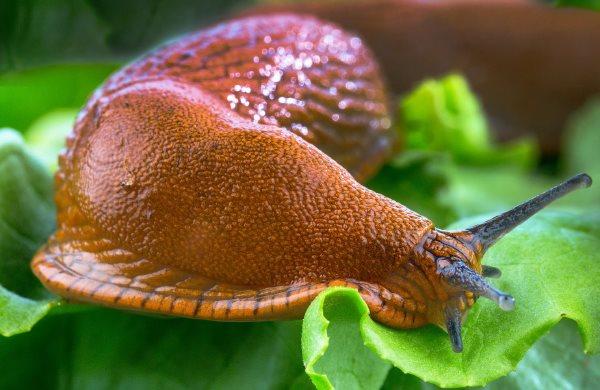

Parasites eat cabbage leaves, they have powerful jaws, so they quickly destroy the planting.
If you examine the heads of cabbage, then you can find the "moves" that pests make in them.
Mechanical way of fighting
There are many ways to get rid of slugs on cabbage. The mechanical method of control assumes that the cabbage is processed manually. Of course, it will not be possible to collect everyone, but you should not neglect this method. If you take into account the habits and addictions of slippery shellfish, work efficiency can be increased significantly.
See also
How to plant cabbage in open groundRead
First of all, you can expand the traps, which are made from buckets, slate sheets, remnants of boards and old bags. The arsenal should be located near the beds that are being processed. In the evening, you can arrange a raid: there will be many "criminals" on the surfaces of the spread materials. Placing shellfish in salt water can quickly destroy them: salt is destructive for them.This method can be used repeatedly.
Choosing a method of how to deal with slugs on cabbage, you can go for a trick. Since it is quite difficult for them to crawl on surfaces with ribs and bulges, barriers can be built from gravel, egg shells and other available materials at the approaches to the garden and beds. This will prevent the slugs from reaching the cabbage.
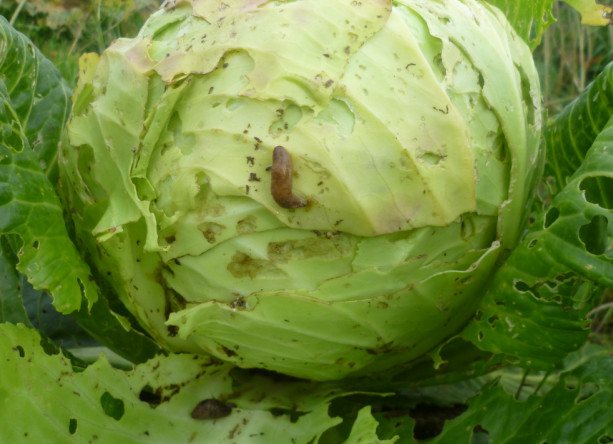

You can use superphosphate to prevent the appearance of slugs. It quickly absorbs mucus, as a result of which the movement of the mollusk will become impossible. Digging grooves with water around the plantings will help deter the pest. This slug protection for cabbage is effective and simple.
Preventive actions
The main goal of prevention is to create unfavorable conditions on the site for the life of slugs. So they will not multiply in huge numbers, and their numbers can be reduced to zero.
by the above methods of struggle. It is necessary:
- remove all plant waste from the site, as well as construction rubbish such as old boards, pieces of film, etc., since these places are often hiding places for slugs;
- timely weed out the weeds in the garden bed, as well as mow the grass not only in the territory adjacent to the site, but also in the paths between the ridges;
- do not plant vegetables too tightly, especially cabbage;
- often loosen the soil, and in the fall it is imperative to dig up the whole garden.
It would be nice to create favorable conditions on the site for the living of hedgehogs, toads, they will help in the fight not only with slugs, but also with other harmful insects. Of the birds, jays, blackbirds, starlings love to feast on them.
Thanks to this comprehensive approach, you can not only get rid of slugs, but also prevent their reappearance, save the harvest of cabbage and other vegetables.
Chemicals
Chemicals can also be used to remove pests, but in most cases this is ineffective: the mollusk is reliably protected from their effects.
There are some agents that are generally recognized as helpers in the fight against slugs: preparations for snails and slugs, the main active ingredient in which is metaldehyde.
So, how can you treat cabbage from slugs?
The names are as follows:
- "Storm". The form of the preparation is granular, color is blue. The pest with great desire absorbs the granules scattered in its place of residence, after which the entire population dies. Interestingly, the drug is effective against snails, but has no effect on worms. With the "Thunderstorm" the plant will be protected.
- "Meta". It is a protection of cabbage with a contact-intestinal action. The composition should be scattered directly on the ground in the aisles. Requires preliminary preparation. It is advisable to know where the concentration of the slug is highest. After scattering the drug, you should be careful: metaldehyde is dangerous to humans. In some cases, this preparation in powder form can be used to pollinate the head of cabbage, and not just to poison the pest. Such manipulations can be carried out no later than three weeks before harvest. You can find this product in granular form. If you know what to do, this option can be convenient: after spreading 3-4 granules under each bush, you can expect that, crawling through the granules, the slug will burn and die.
See also
How to feed cabbage with iodine in the open fieldRead
The insensitivity of these molluscs to the effects of chemical methods makes the fight against it difficult, but possible. To remove the slug, you can use combined methods and folk remedies. We fight the pest in a complex way.
What is the danger to cabbage
In addition to the fact that slugs eat the succulent shoots of the plant, they are spreading infections.Their saliva contains a special enzyme, from which the leaves of the vegetable darken, signs of rot appear.
Why are they dangerous for planting:
- Molluscs are capable of destroying crops completely.
- Spread fungal infections and other diseases.
- They overwinter in heads of cabbage, eat leaves, leading to the appearance of rot.


Any pests are dangerous because they can significantly affect the quality and quantity of the crop. To prevent this from happening, keep a close eye on the plant.
Signs of parasitism
The appearance of mucus on the leaves of a plant should be considered the first sign of the presence of these pests on the site. They can also be found in secluded areas. If the climate in the region is hot, then mollusks successfully hide in places with high humidity. They love water, but appear on the site at night. For this reason, gardeners have difficulty detecting parasites, but traps can help.
See also
Reasons why cabbage does not grow and what to do, care errors
To read
How to spot a slug and differentiate it:
- lay boards, slate on the soil;
- water the ground under cover periodically;
- moisture will attract a mollusk, if there is one on the site;
- to find it, it is enough to simply destroy the shelter.
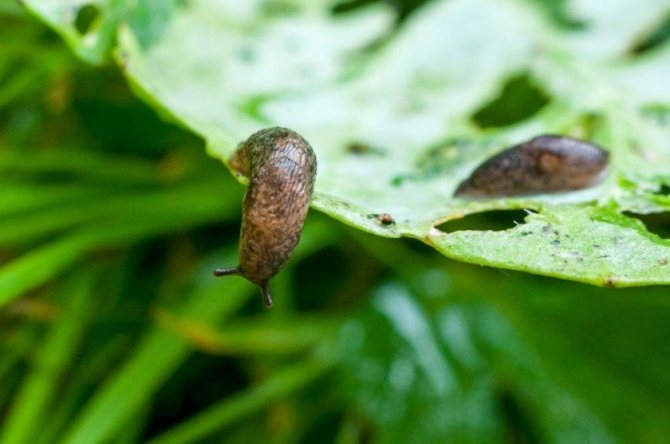

You can go out into the rain in the garden, in the evening or at the beginning of the night. Use a flashlight to illuminate the leaves of the plant If there are pests on the site, then they will most likely be seen.
Traditional methods
Mechanical methods are complex, as the pest is active at night when it is difficult to see. Making traps helps save cabbage from slugs and snails, and the use of chemicals does not guarantee the elimination of a pest that is immune to them. It remains only to fight with folk methods:
- The ground under the cultivated cabbage can be covered with cellophane. Since molluscs love a warm, humid environment, they will definitely crawl out and die during the day, because the resulting condensation will heat up and become hot.
- You can deliberately leave compote, kvass, beer for fermentation. I don't always fight a slug like that. After the process has passed, the liquids are poured into small containers and placed along the plants. Attracted by the bright smell, the molluscs will enter this container and die. After removing the container, you can forget about the shellfish.
- It is necessary to water the plants with water, the temperature of which is not lower than 40 ° C. This temperature kills the slug. Pour warm water over the head of cabbage and it can be saved.
- Heads of cabbage can be sprinkled with a mixture of ground black pepper and various spices: salt, ginger, mustard powder. You can powder the head of cabbage with ash and tobacco dust. Having diluted them in water, the bush can be sprayed.
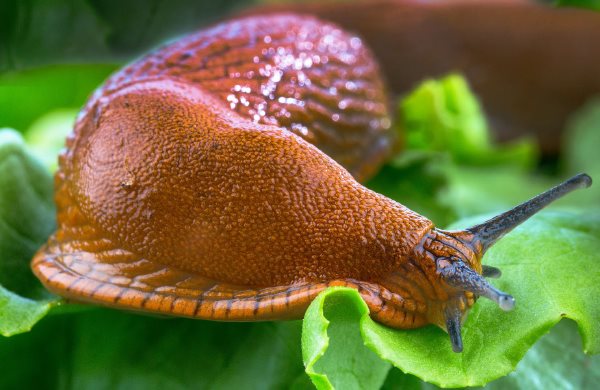

Many gardeners have the question of how to spray cabbage. To answer it, you need to carefully analyze all the measures taken, after evaluating the result, draw conclusions about the most effective method, regardless of whether it is spraying or not.
Fighting slugs on cabbage
Competent agricultural technology
- You can't plant cabbage too close to each other - slugs find shelter under the overgrown leaves. It is more difficult to detect the pest there and remove it from there too.
- Early cabbage varieties should be covered with plastic wrap. Since the slug does not tolerate heat, a steam effect is created in the greenhouse during the day, which has a destructive effect on the pest. For late cabbage, this is not relevant, since there is a risk of root rot.
- Water the seedlings with water heated to 50 degrees. Slugs from such a soul will definitely die, and there will be no harm to cabbage.
- Timely and regular application of mineral fertilizers, for example, potassium salt or superphosphate. These products can simply be scattered around the plants.
- There should be no grass on the sides of the site - you need to mow regularly.
Protection of cabbage with folk remedies
The appearance of this enemy in the cabbage patch can be prevented. Grandfathers and great-grandfathers knew how to do this. They used such simple means as ash, tobacco, sulfur. These substances disintegrate into pre-arranged grooves. The smell emitted by them scares away the slug - this has been repeatedly tested in practice. Among the minuses, it is worth noting the fear of water - as soon as the rain passes, the protective barrier must be renewed. Such activities should be performed constantly if there is a reservoir near the site.
Of modern means, it is worth noting mulching with a film. The ground is covered during the day, in the evening moisture collects under it, which attracts slugs at night. In the afternoon, when the temperature rises and the sun's rays are directed to the garden bed, unbearable conditions are created under the films for slugs and they die.
You can treat cabbage from slugs with an aqueous solution of ordinary table vinegar (9%). Cooking recipe: mix half a glass of vinegar with 10 liters of water. The composition is added to the landing and the top of the formed head is processed from above. You can also use mustard powder for watering. You need to take 150 g of it and dissolve in a bucket of water.
Another folk remedy for cabbage slugs is hot pepper. Grooves are dug around the plants, where it is poured. The pest, getting on it, gets burned and dies. Lime can be used in a similar way instead of pepper.
Interesting! Vegetable growers who are not lazy and do not accept chemicals in the garden claim that small slugs on cabbage are afraid of nettle burns. Taking this factor into account, they wrap the plant legs with stinging grass stalks. It is believed that such protection will protect the cabbage 100% from slugs and snails.
Prevention of the appearance of slugs
In order not to take measures to get rid of the slug, you can take care of the prevention of its appearance in advance.
The measures you can take are:
- regularly mow the grass on the side of the road and on the site;
- remove all debris left after construction work;
- conduct active weed control;
- provide ventilation of plants by planting bushes at a sufficient distance from each other.
Timely measures taken to combat slugs on cabbage and effectively organized pest control will help save the crop. Knowing how to protect your cabbage from slugs can save your plants. Eat cabbage for health!
Mustard and ammonia
Here you can improvise, any substance is suitable that is safe for humans and plants, but unpleasant for a naked snail. For example, you can pour water with red pepper, salt, vodka on cabbage. But the most popular recipe among summer residents is the following solution. Take 2 tablespoons of ammonia per liter of water, add 15 g of dry mustard. It is also recommended to spray with this solution late in the evening, when a hungry slug should already be "on the way". The product will not work without direct contact with the pest.
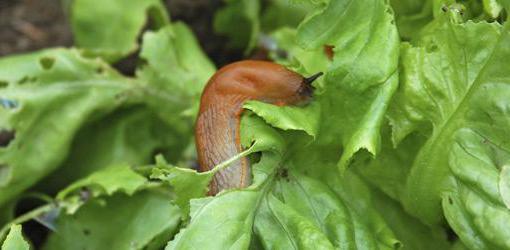

Can
The list below shows foods that can be fed to shellfish. All snails have different tastes and if they don't like something they won't eat it. Try suggesting something different. Keep in mind that raw foods have a higher nutrient content than cooked foods.


Fruits that can be used to feed snails at home should be given only ripe and sweet
- Apple (varieties with a little acid!),
- apricot,
- watermelon,
- banana,
- melon,
- nectarine,
- peach,
- pear,
- plum (not sour varieties),
- figs (ripe).
Exotic fruits
- Avocado,
- coconut,
- mango,
- papaya.
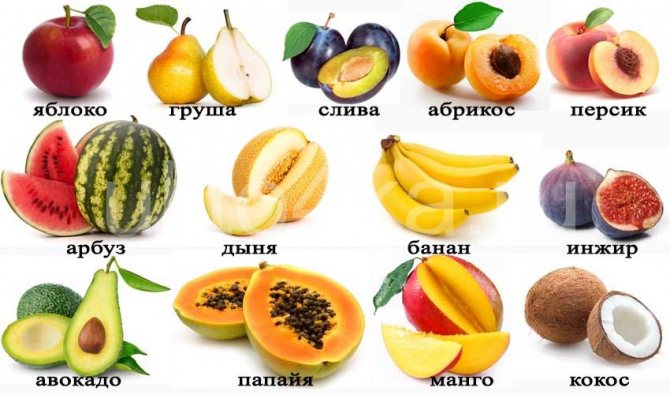

Berries
- Raspberries,
- Strawberry,
- grapes,
- strawberries,
- sweet cherry,
- black currant.
Vegetables
- Sweet potato,
- broccoli,
- Brussels sprouts and white cabbage,
- bell pepper,
- green peas,
- zucchini or zucchini,
- corn,
- carrot,
- cucumber,
- tomato (not sour),
- squash,
- Chinese cabbage,
- boiled beets,
- pumpkin,
- Jerusalem artichoke,
- cauliflower,
- lentils (boiled),
- green beans.


Greens and herbs
- Leaf and head salad,
- chicory salad,
- spinach,
- clover,
- burdock,
- dandelion,
- plantain,
- parsley,
- stinging nettle (briefly cooked with hot water),
- wood lice,
- chamomile,
- daisy,
- celery,
- asparagus,
- beet and carrot tops,
- dill,
- alfalfa.
Other
- Any edible mushrooms. You need to feed only fresh, well-washed, not boiled.
- Lichens are essential for arboreal and semi-arboreal species.
- Leaves of oak, birch, linden, apple, currant, raspberry, grapes. Birch bark.
- Flax, sunflower, pumpkin, sesame seeds.
- Nuts (except peanuts)
- Milk.
- Boiled shrimp, squid, mussels, octopus and fish.
- Gammarus, daphnia, boiled chicken and rabbit meat (without salt and spices), food for fish and turtles, meat and bone meal.
- Feed chalk, sepia (cuttlefish shell), shell rock, eggshell.
- Cereals and cereals for making grain mixtures. Hercules, buckwheat, corn grits, pearl barley, oatmeal, barley grits, wheat grits, rice, peas.
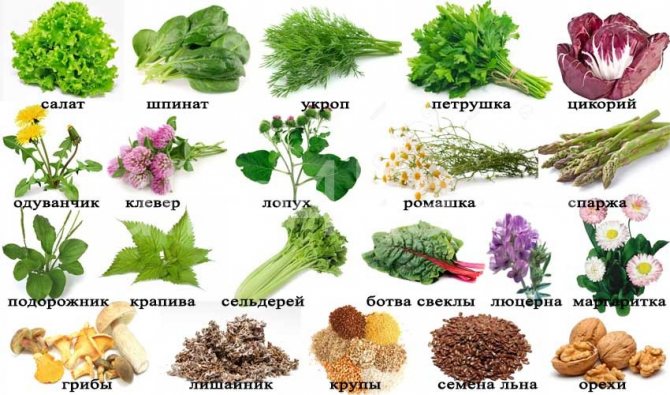

Description of slugs and how they are harmful to cabbage
Slugs are nocturnal gastropods. During the day, when the sun is shining, they hide from the heat under stones and leaves. As soon as dusk falls, the pests leave their shelters and eat the greens of garden crops.
The slug's body up to 5 cm long is devoid of a shell, but on the back there is a so-called mantle in the form of a plate. The mollusk is covered with mucous secretion, which is secreted by the glands. The head is equipped with two antennae-antennas that act as sensory organs.
The slug has a gnawing type of mouth apparatus with many bristles. He easily chews cabbage greens. The pest moves, contracting the muscles of the body and leaving a wet trail behind. After drying, the mucus takes on a gray-silver tint.
Molluscs cause serious harm to garden crops. They injure the leaves and stems of plants, putting them in danger - the penetration of infections such as viruses, bacteria and fungi. The mucus left by pests clogs the stomata on the surface of the leaf plates, which leads to disruption of photosynthesis.
Outcome
In this article, we tried to tell you what you can feed snails. The list of foods than to feed snails at home is very extensive, mainly consisting of plant foods, calcium and protein supplements. If you are in doubt about any product, then it is better not to give. If you have forgotten what is included in the list of permitted foods, then remember what the snail eats in nature. How do you feed your pets? Share your experience and write comments in the comments to the article. Health to you and your pets!
4.0
21

